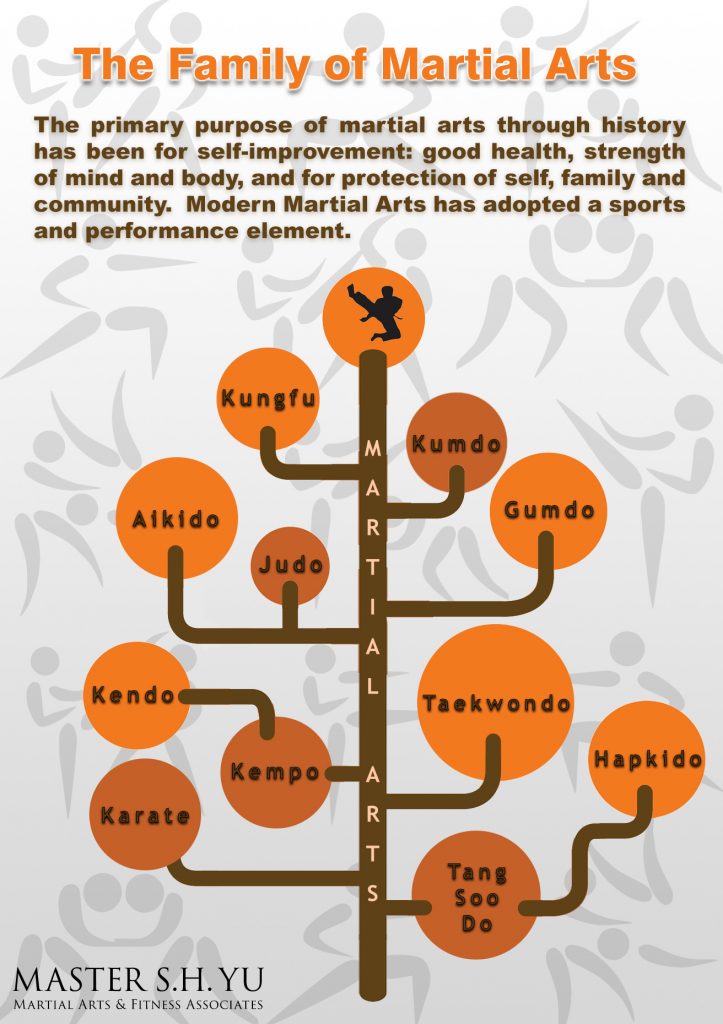Just How Does The Focus On Self-Control In Typical Martial Arts Contrast With The Affordable Facet Of Contemporary Fight Sporting Activities? Learn About The Important Distinctions That Can Direct Your Development
Just How Does The Focus On Self-Control In Typical Martial Arts Contrast With The Affordable Facet Of Contemporary Fight Sporting Activities? Learn About The Important Distinctions That Can Direct Your Development
Blog Article
Composed By-Skovbjerg Fink
When you consider martial arts, do you lean much more towards the typical techniques or the modern-day battle sporting activities? Each course offers one-of-a-kind advantages and experiences, formed by their viewpoints and training methods. Typical martial arts stress individual growth and self-control, while contemporary battle sports concentrate on competition and efficiency. Comprehending these differences can direct you in choosing the best approach for your journey. But exactly how do these distinctions materialize in training and ideology?
The Approach and History Behind Conventional Martial arts
While lots of people link martial arts with physical combat, the approach and history behind traditional martial arts run much deeper. You'll find that these self-controls emphasize individual development, technique, and regard.
Originating from ancient techniques, conventional martial arts were often created for Self-Defense and spiritual advancement. They embody concepts such as equilibrium, consistency, and self-constraint, leading professionals beyond mere fighting abilities.
As you train, you'll not only discover methods yet additionally get insights into the culture and worths that formed these arts. The rituals and customs, typically passed down through generations, cultivate a feeling of community and belonging.
The Competitive Nature of Modern Battle Sports
Modern combat sports have actually transformed the landscape of martial arts right into a very competitive sector, where professional athletes face off in a test of ability, strategy, and endurance.
You'll see that competitors are commonly organized with stringent regulations and laws, making sure fair play and safety and security. These occasions attract huge target markets, fueling the exhilaration and intensity of competitions.
Professional athletes train carefully, not just for physical expertise but additionally for mental sturdiness, knowing that every detail counts in the ring. The adrenaline thrill throughout competitors is palpable, as fighters push their limitations to assert triumph.
Fans value the athleticism and creativity entailed, making modern combat sporting activities a thrilling phenomenon that continues to evolve and astound lovers around the world.
Training Techniques and Strategies: A Relative Evaluation
The affordable environment of modern-day fight sports demands innovative training approaches that differ substantially from typical martial arts.
In modern training, you'll concentrate on details techniques, sparring, and conditioning, usually making use of drills that imitate real fight situations. You'll see a focus on quantifiable efficiency and frequent competitors to examine your skills.
In contrast, traditional martial arts prioritize forms, katas, and philosophical trainings, typically emphasizing self-control and regard over competition.
related web-site is normally less intense and might entail repetitive technique rather than real-time sparring.
While both approaches develop ability and fitness, contemporary battle sporting activities offer a much more dynamic and versatile training atmosphere, preparing you for prompt obstacles in the ring or cage.
please click the following post that lines up with your objectives and interests.
Verdict
In selecting in between standard martial arts and modern battle sports, it truly boils down to what you value a lot of. If you're trying to find individual development, self-control, and a sense of neighborhood, typical arts could be your ideal fit. But if you thrive on competitors and real-time obstacles, contemporary combat sports could be the method to go. Eventually, both courses use special advantages, so it's all about straightening your training with your individual goals and interests.
